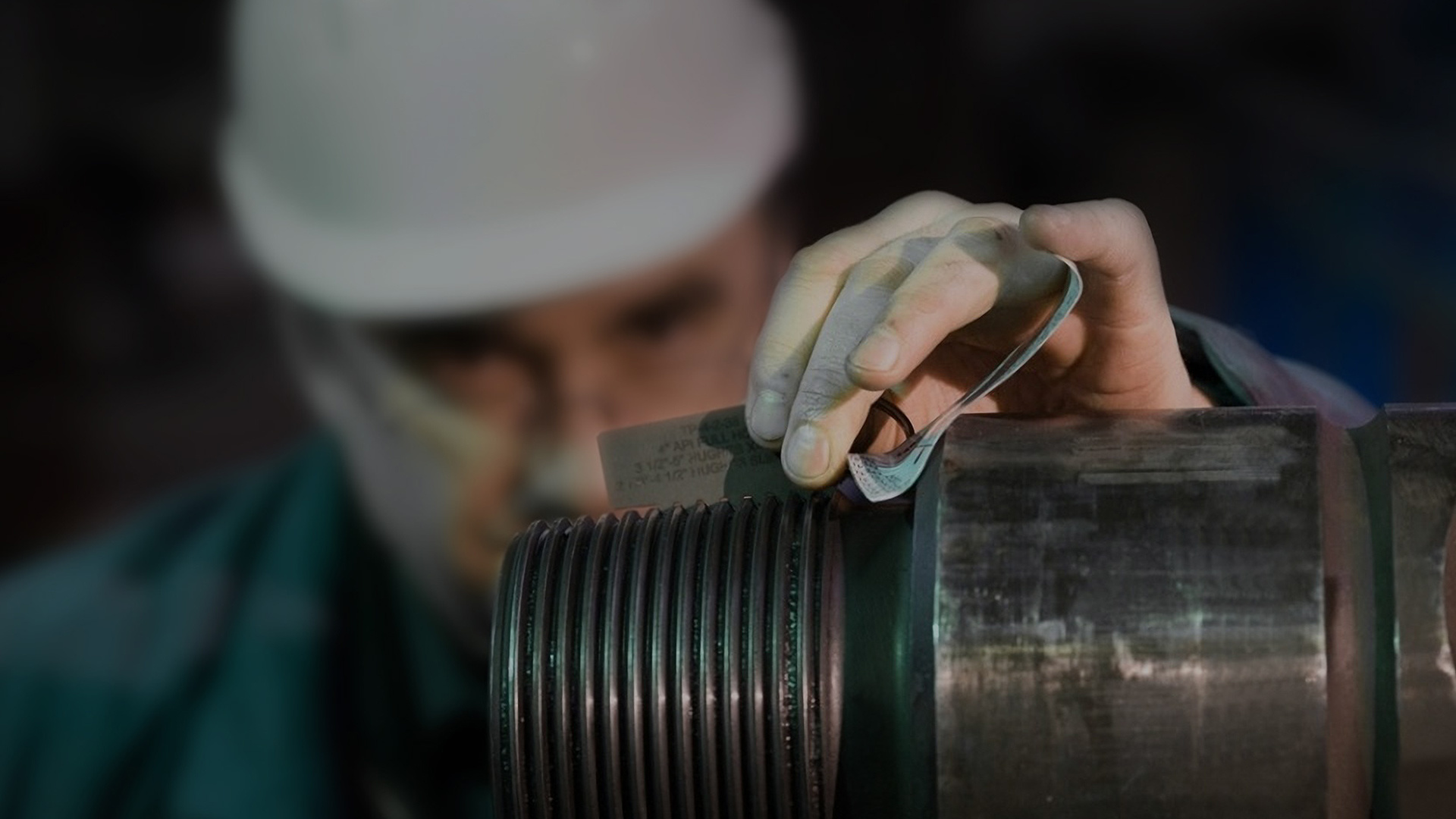Deliver value through cost-effective steel solutions
The Lifecycle of Anticorrosive Welded Steel Pipes in Construction: A Comprehensive Guide
Jun 20,2025
The Lifecycle of Anticorrosive Welded Steel Pipes in Construction Table of Contents 1. Introduction to Anticorrosive Welded Steel Pipes 2. Manufacturing Process of Anticorrosive Welded Steel Pipes 2.1 Material Selection for Welded Steel Pipes 2.2 The Welding Process Explained 2.3 Application of Anticorrosive Coatings 3. Applications of Anticorrosive Welded Steel Pipes 3.1 Use in Cons

The Lifecycle of Anticorrosive Welded Steel Pipes in Construction
Table of Contents
1. Introduction to Anticorrosive Welded Steel Pipes
2. Manufacturing Process of Anticorrosive Welded Steel Pipes
2.1 Material Selection for Welded Steel Pipes
2.2 The Welding Process Explained
2.3 Application of Anticorrosive Coatings
3. Applications of Anticorrosive Welded Steel Pipes
3.1 Use in Construction and Infrastructure
3.2 Role in Industrial Applications
4. Maintenance of Anticorrosive Welded Steel Pipes
4.1 Regular Inspection Techniques
4.2 Best Practices for Maintenance
5. Challenges Faced During Lifecycle
5.1 Environmental Factors Affecting Longevity
5.2 Issues with Corrosion and Wear
6. Future Trends in Anticorrosive Welded Steel Pipes
6.1 Innovations in Material Science
6.2 Integration of Smart Technologies
7. Frequently Asked Questions (FAQs)
8. Conclusion
1. Introduction to Anticorrosive Welded Steel Pipes
Anticorrosive welded steel pipes play a crucial role in modern construction and industrial applications. Known for their strength and durability, these pipes are designed to withstand harsh environmental conditions, making them an essential component in various infrastructures. Understanding the lifecycle of these pipes is vital for ensuring their effectiveness and longevity.
2. Manufacturing Process of Anticorrosive Welded Steel Pipes
The production of anticorrosive welded steel pipes involves multiple stages, each vital for achieving the desired quality and performance.
2.1 Material Selection for Welded Steel Pipes
The first step in the manufacturing process is the careful selection of raw materials. High-quality steel is preferred for its mechanical properties, which include tensile strength and resistance to corrosion. The composition of the steel often includes elements like chromium and nickel, which enhance its anticorrosive properties.
2.2 The Welding Process Explained
Once the materials are ready, the welding process commences. This involves joining steel sheets using various welding techniques such as MIG (Metal Inert Gas) or TIG (Tungsten Inert Gas) welding. The welding process is crucial as it ensures the structural integrity of the pipes, allowing them to withstand significant pressure and loads.
2.3 Application of Anticorrosive Coatings
After welding, a protective anticorrosive coating is applied to the pipes. Various types of coatings, including epoxy and polyurethane, are used depending on the intended application and environmental exposure. These coatings significantly enhance the lifespan of the pipes by providing a barrier against moisture and other corrosive agents.
3. Applications of Anticorrosive Welded Steel Pipes
Anticorrosive welded steel pipes find extensive applications across various industries, owing to their durability and resistance to corrosion.
3.1 Use in Construction and Infrastructure
In the construction sector, these pipes are indispensable for water supply systems, sewage systems, and structural frameworks. They ensure the safety and stability of buildings and bridges, even in challenging conditions.
3.2 Role in Industrial Applications
Industries such as oil and gas frequently utilize anticorrosive welded steel pipes for transporting fluids under high pressure. Their ability to resist corrosion and wear makes them ideal for such demanding environments.
4. Maintenance of Anticorrosive Welded Steel Pipes
Regular maintenance is essential to maximize the lifespan and performance of anticorrosive welded steel pipes.
4.1 Regular Inspection Techniques
Implementing systematic inspection schedules helps identify potential issues before they escalate. Techniques such as visual inspections, ultrasonic testing, and magnetic particle testing are commonly employed to assess the condition of the pipes.
4.2 Best Practices for Maintenance
Maintaining the protective coatings is crucial. If any damage is detected, prompt repairs or re-coating should be undertaken to prevent corrosion. Additionally, ensuring proper drainage and avoiding stagnant water around the pipes can significantly enhance their longevity.
5. Challenges Faced During Lifecycle
Despite their numerous advantages, anticorrosive welded steel pipes face certain challenges that can affect their performance.
5.1 Environmental Factors Affecting Longevity
Environmental conditions such as humidity, temperature fluctuations, and exposure to chemicals can impact the integrity of the pipes. Understanding these factors is crucial for selecting the right materials and protective coatings.
5.2 Issues with Corrosion and Wear
Even with anticorrosive measures, pipes may still be vulnerable to localized corrosion, especially if the protective layer is compromised. Regular monitoring and assessment can help mitigate these risks.
6. Future Trends in Anticorrosive Welded Steel Pipes
The construction industry is evolving, leading to innovative practices and technologies influencing the lifecycle of anticorrosive welded steel pipes.
6.1 Innovations in Material Science
Research into new alloys and composite materials aims to enhance the anti-corrosive properties of welded steel pipes. These innovations seek to provide greater strength while minimizing weight.
6.2 Integration of Smart Technologies
The use of smart sensors embedded within pipes is gaining traction. These sensors can monitor the condition of the pipes in real-time, providing critical data that can prevent failures and extend their service life.
7. Frequently Asked Questions (FAQs)
7.1 What are anticorrosive welded steel pipes?
Anticorrosive welded steel pipes are specially manufactured pipes that incorporate protective coatings to prevent corrosion, ensuring longevity and durability in construction and industrial applications.
7.2 How long do anticorrosive welded steel pipes last?
The lifespan of these pipes can vary greatly based on factors such as environmental conditions and maintenance practices, but they can last several decades when properly cared for.
7.3 What industries use anticorrosive welded steel pipes?
These pipes are widely used in construction, oil and gas, water treatment, and other industrial applications where durability and resistance to corrosion are essential.
7.4 How often should these pipes be inspected?
Regular inspections should be conducted at least annually, though more frequent checks may be necessary in harsher environments or critical applications.
7.5 Can anticorrosive welded steel pipes be repaired?
Yes, if any damage occurs to the pipes or their coatings, they can be repaired through welding or re-coating to restore their protective properties.
8. Conclusion
Understanding the lifecycle of anticorrosive welded steel pipes is fundamental for engineers, architects, and contractors in the construction industry. By recognizing the importance of quality materials, effective manufacturing processes, and diligent maintenance practices, we can ensure that these vital components of infrastructure perform optimally over their lifespan. As technological advancements continue to shape the industry, embracing innovative solutions will further enhance the durability and efficiency of anticorrosive welded steel pipes, paving the way for more sustainable construction practices.
Releated News
Contact Info.
E-mail:
info@zthtsteel.com
Phone:
+86-18500313801
Whatsapp:
8618526720427
Fax:
+862268569909
Mailing Address:
Room 903, Block B, Haitai Xinxi Square, Hua Yuan Industrial Area,Tianjin,China. Zip code: 300384







